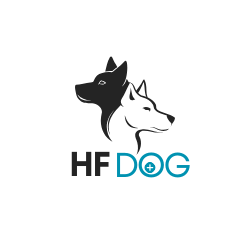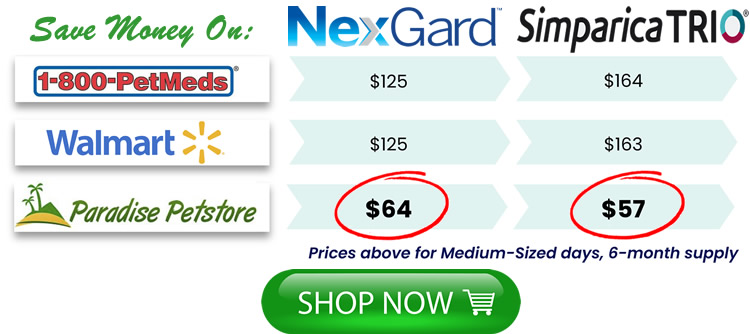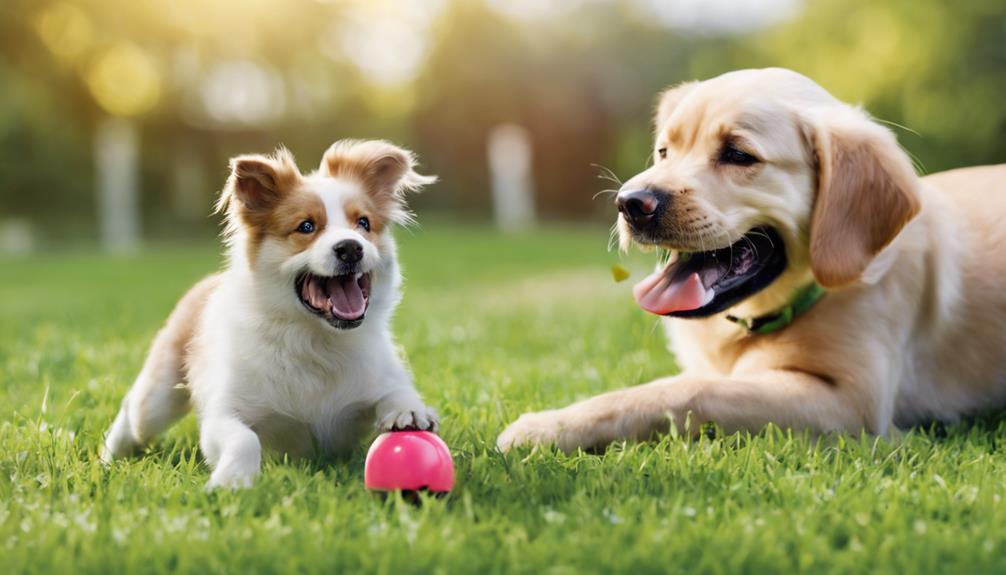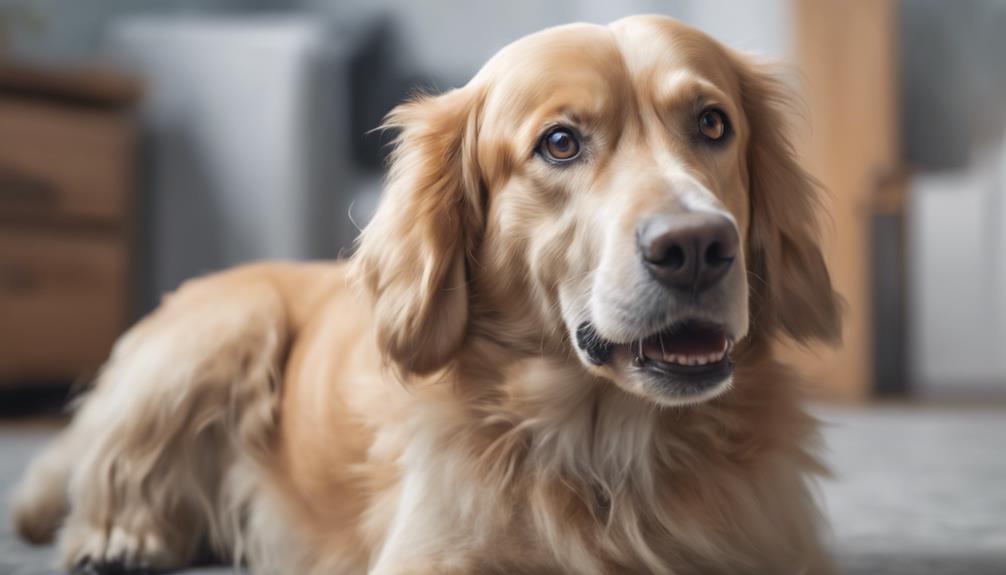Is Nexgard Safe for Pregnant Dogs
Are you wondering, “Is NexGard safe for pregnant dogs?” This question is crucial for dog owners who want to ensure the well-being of their furry companions during pregnancy. In this article, we delve into the safety considerations, potential risks, and expert recommendations regarding the use of NexGard, a popular flea and tick treatment, in pregnant dogs.
Key Takeaways
- Nexgard safety during pregnancy not extensively studied.
- Consult vet for personalized advice on pregnant dog’s health.
- Monitor closely for adverse reactions like vomiting or lethargy.
- Manufacturer study showed no adverse effects at higher doses.
- Consider alternative prevention methods during pregnancy.
Safety of Nexgard During Pregnancy
When considering the safety of Nexgard during pregnancy, it’s important to consult with your veterinarian for guidance. Your veterinarian is the best person to advise you on the specific risks and benefits of using Nexgard while your dog is pregnant. They’ll take into account your dog’s individual health status, any pre-existing conditions, and the stage of pregnancy to provide you with tailored advice.
Nexgard is generally considered safe for use in dogs, but the effects of the medication on pregnant dogs haven’t been extensively studied. Due to this lack of data, it’s crucial to weigh the potential risks against the benefits before administering Nexgard to a pregnant dog. Your veterinarian may recommend alternative flea and tick prevention methods during pregnancy to err on the side of caution.
Ultimately, the health and safety of your pregnant dog and her puppies are of the utmost importance. By seeking guidance from your veterinarian, you can make an informed decision regarding the use of Nexgard during pregnancy.
Risks Associated With Nexgard Use
To understand the potential risks associated with Nexgard use, it’s important to consider the lack of extensive studies on its effects on pregnant dogs. While Nexgard is generally considered safe for most dogs, there are some risks that pet owners should be aware of. One of the main concerns is the potential for adverse reactions such as vomiting, diarrhea, lethargy, and lack of appetite. These side effects are usually mild and temporary, but in rare cases, more severe reactions can occur.
Another risk to be mindful of is the possibility of neurological effects in some dogs. Seizures, tremors, and other neurological symptoms have been reported in a small number of cases after Nexgard administration. Although these instances are uncommon, they highlight the importance of monitoring your dog closely after giving them Nexgard.
Additionally, there have been isolated reports of Nexgard causing skin reactions like itching, redness, or hair loss. While these reactions aren’t common, they can still occur in some dogs. It’s essential to consult with your veterinarian if you notice any unusual symptoms after giving your dog Nexgard to ensure their safety and well-being.
Research on Nexgard and Pregnancy
Research has been limited on the effects of Nexgard specifically on pregnant dogs. While Nexgard is generally considered safe for use in adult dogs, there’s a lack of comprehensive studies that focus specifically on the impact of Nexgard on pregnant dogs and their developing puppies. This limited research makes it challenging to definitively determine the safety of administering Nexgard to pregnant dogs.
One study conducted by the manufacturer of Nexgard found no adverse effects on pregnant dogs or their puppies when the product was administered at three times the recommended dose. However, this single study may not provide enough evidence to draw conclusive results about the safety of Nexgard during pregnancy. Given the limited research available, it’s essential to approach the use of Nexgard in pregnant dogs with caution and consult with a veterinarian before starting or continuing treatment. Veterinarians can provide guidance based on the individual dog’s health status and potential risks associated with Nexgard use during pregnancy.
Guidelines for Using Nexgard Safely
For safe administration of Nexgard to your dog, consider these guidelines. Follow the dosage instructions provided by your veterinarian or on the product label carefully. Nexgard should be given orally once a month with or without food. Ensure your dog consumes the entire tablet and monitor them for a few minutes after administration to make sure they don’t spit it out.
Keep Nexgard out of reach of children and other pets to prevent accidental ingestion. Store the medication in a cool, dry place away from direct sunlight. If you have multiple dogs, ensure each one receives the correct dosage based on their weight.
Watch for any adverse reactions after giving Nexgard, such as vomiting, diarrhea, lethargy, or lack of appetite, and contact your vet if any concerns arise. Don’t use Nexgard in dogs with a history of seizures or known sensitivity to the ingredients. Always read the product information and consult your veterinarian if you have any doubts about using Nexgard safely.
Consulting Your Vet Before Use
Before administering Nexgard to your pregnant dog, it’s crucial to consult your veterinarian to ensure the safety of the treatment. Your vet will be able to provide personalized advice based on your dog’s specific health conditions and pregnancy status. They can evaluate if Nexgard is the most suitable option or recommend alternative flea and tick control methods that pose lower risks during pregnancy.
During the consultation, inform your vet about your dog’s pregnancy status, any existing health issues, and medications she might be taking. This information will help the vet make an informed decision regarding the use of Nexgard. Your vet may also consider the stage of your dog’s pregnancy and weigh the benefits of using Nexgard against potential risks to the developing puppies.
Frequently Asked Questions
Can Nexgard Be Safely Used in Pregnant Dogs at Any Stage of Their Pregnancy?
You should always consult with your vet before giving any medication to pregnant dogs. They can provide guidance on the safety of using Nexgard during pregnancy and help you make the best decision for your pet.
Are There Any Specific Breeds or Sizes of Dogs That May Be More at Risk When Using Nexgard During Pregnancy?
When using Nexgard during pregnancy, certain dog breeds or sizes may have increased risk. Consult your vet for guidance. Safety concerns during pregnancy vary, so personalized advice is essential for your dog’s well-being.
How Long After Giving Birth Can Nexgard Be Safely Administered to a Nursing Mother?
After giving birth, you can safely administer NexGard to a nursing mother once her milk production stabilizes, typically around 2-3 weeks postpartum. It’s important to consult your vet before giving any medication.
Are There Any Reported Cases of Birth Defects or Complications in Puppies Born to Mothers Who Were Given Nexgard During Pregnancy?
Yes, there have been reported cases of birth defects or complications in puppies born to mothers given Nexgard during pregnancy. It is crucial to consult your vet before administering any medication to pregnant dogs.
Are There Any Alternative Flea and Tick Prevention Methods Recommended for Pregnant Dogs Instead of Nexgard?
For pregnant dogs, alternatives to NexGard, like topical treatments or collars, are suggested. Consult your vet for safe options. Keep your furry friend protected while prioritizing their health during this special time.
Conclusion
In conclusion, it’s best to avoid using Nexgard in pregnant dogs due to potential risks. Consult with your vet to discuss alternative options for flea and tick prevention during pregnancy.
The safety of the unborn puppies should always be the top priority, so it’s important to make informed decisions when it comes to their health and well-being.








